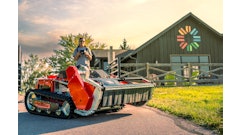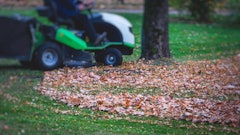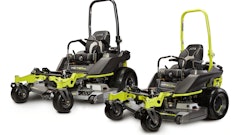
The 50th anniversary of Earth Day is on April 22, but anyone can start celebrating today right in their very own backyard with tips from the TurfMutt Foundation and reap the health and de-stressing benefits of spending time in green space.
“You don’t need to leave home to celebrate Earth Day. Remember, nature starts at your back door,” says Kris Kiser, President of the TurfMutt Foundation. “Get outside, mow your lawn, trim bushes, plant a butterfly bush. By becoming a steward of your yard, you are helping preserving your own corner of the overall ecosystem while at the same time you’re supporting your health and well-being, which is increasingly important as families spend more time at home.”
Here are six tips to celebrate Earth Day without ever leaving home.
- Get outside: Your backyard is an outdoor living room and safe place for pets and kids to play. Science proves spending time in your family’s yard is good for your health and well-being, and so important today as everyone looks for creative ways to stay well while being confined to the home. Researchers have found that people living in neighborhoods with more birds, shrubs and trees are less likely to suffer from depression, anxiety and stress.
- Make the outdoors a family project: Take your loved ones outside to assess your space. What’s working well? What could be improved? What can you plan to do together in your backyard? Anything needing to be cleaned up? Make a plan to expand or spruce up your yard
- Connect kids to nature: Free, online, do-at-home lesson plans are available from the TurfMutt.com. The environmental education program resources and activities, based on STEM (science, technology, engineering and math) principles, give kids the prompts they need to have fun learning about and exploring the nature and science in their own backyards.
- Know your climate zone: Learn about climate-zone-appropriate plants, the importance of pollinators, and how backyards can support local wildlife. Conduct a plant inventory to determine what’s currently thriving in your backyard. Match that up against the USDA Plant Hardiness Zone Map to determine the best types of turf, trees, shrubs, and plants for the climate zone.
- Keep pollinators in mind: Your yard is an important part of the connected ecosystem providing much- needed food and shelter for pollinators, such as birds, bees, butterflies, bats, and other creatures. Select a variety of plants that will bloom all year long. The Audubon Society’s database can help determine which birds will be attracted to which plants for unique regions so you can make good choices about what to plant.
- Plant, prune or mow: Staying confined to home base doesn’t mean gardening and yard work have to stop. Order garden supplies online or have them delivered from a nearby nursery. Mow the lawn and trim bushes. Research shows people who gardened for at least 30 minutes a week had lower body mass indexes (BMIs)—a measure of body fat—as well as higher levels of self-esteem and better moods overall. They also reported lower levels of tension and stress.
Here's a message for OPEI and TurfMutt Foundation President Kris Kiser:


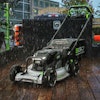
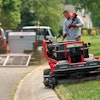
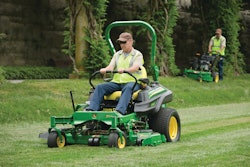
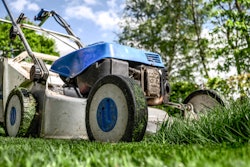


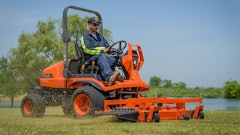



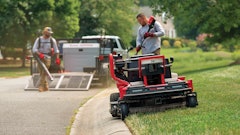
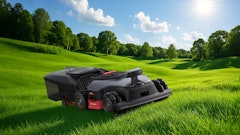


![Gravely Pro Turn Mach One My23 Dsc03139 Edit 1200x800 5b2df79[1]](https://img.greenindustrypros.com/mindful/acbm/workspaces/default/uploads/2025/10/gravely-pro-turn-mach-one-my23-dsc03139-edit-1200x800-5b2df791.BucBnDoN22.jpg?ar=16%3A9&auto=format%2Ccompress&fit=crop&h=135&q=70&w=240)
